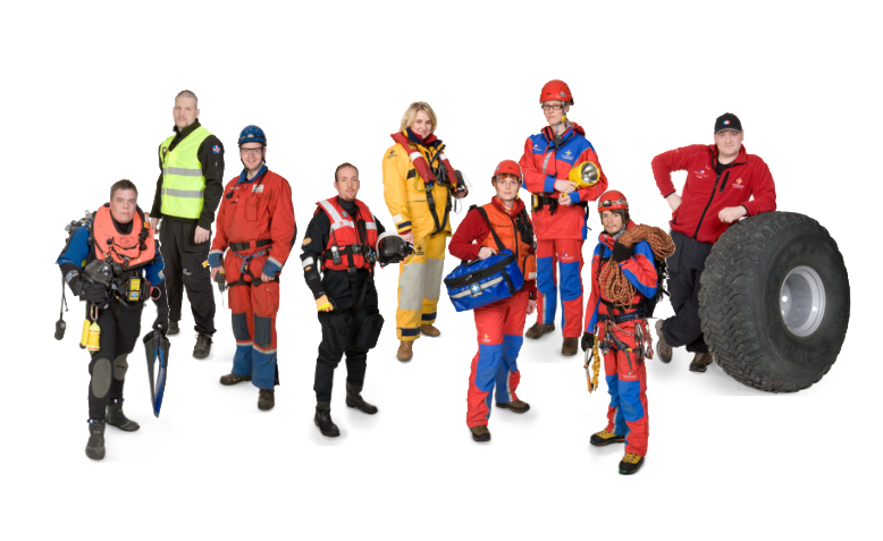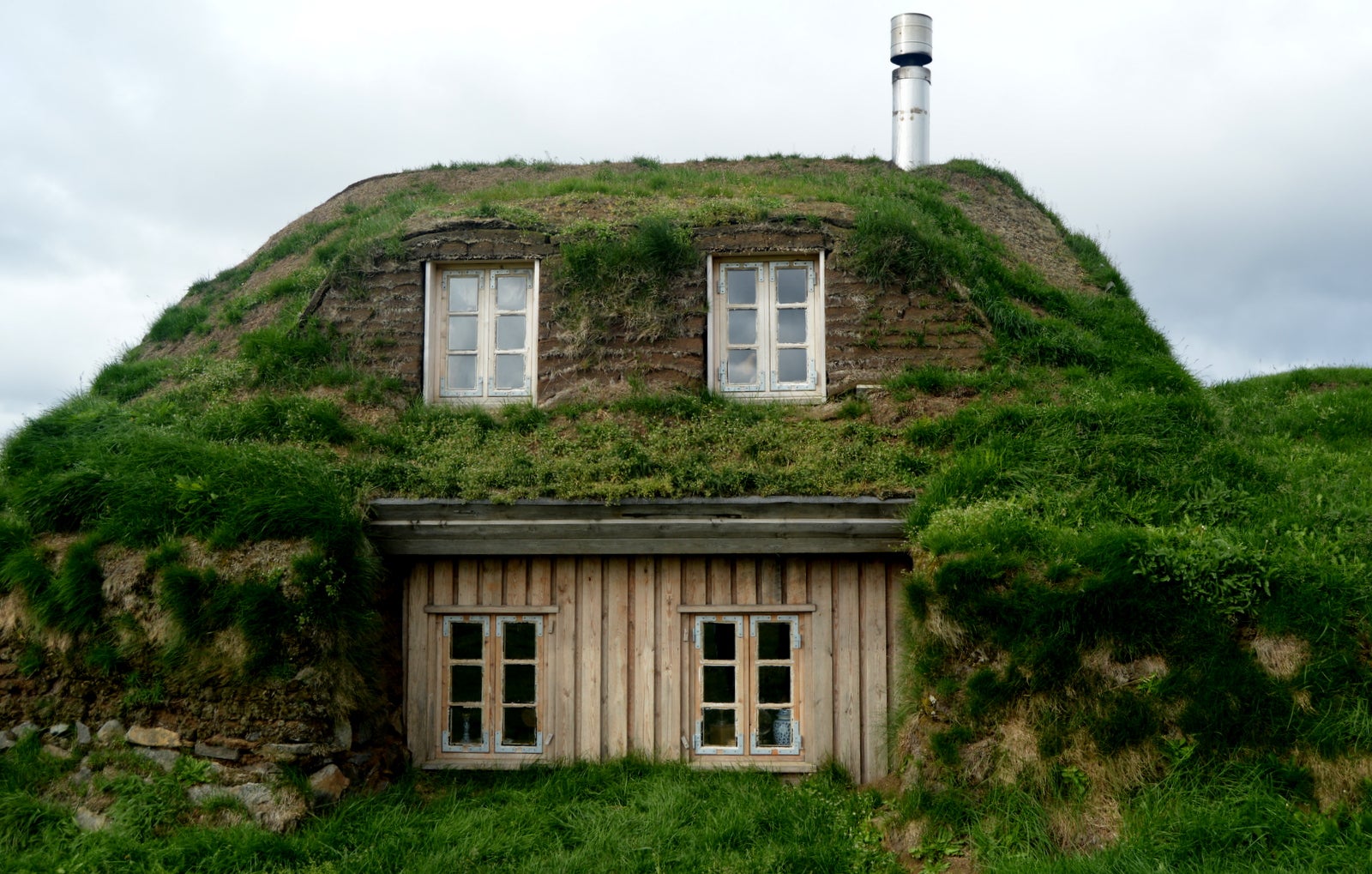
Every Icelander can tell you a story about our amazing search and rescue teams. It makes you feel safer knowing they will be around when you go hiking or engaged in some other outdoor activity.
- See Also: Travel Safety in Iceland
- Header Credit: Rescue 2018, Iceland
In fact, you can just be driving in the winter, and BOOM, all of a sudden the weather has changed and your car is out of control. It doesn't take much for you to be in need of their help.
The search and rescue-team are volunteers, working their normal jobs while doing what they love—helping those in need. They are very passionate, possessing the knowledge and skills to head out into the wilderness to help those under difficult, even life-threatening circumstances.
 Credit: Rescue 2018, Iceland
Credit: Rescue 2018, Iceland
Those within the SAR teams are trained for many years, once or twice a week-including weekend trips. This means a lot of time away from home. But in the end, they are trained and prepared for anything.
No surprises then that Icelanders are immensely proud of their search and rescue squads.
The rescue teams are extremely professional and have gained attention internationally for their work. There are around a 100 search and rescue teams in Iceland, all over the country, consisting of about 4000 people that are on duty all year round. All of them are volunteers.
- See Also: The Ultimate Guide to Driving in Iceland
Each year around 1200 emergency calls are received and, with increased tourism, that number may well rise. Locals as well as tourists may find themselves in life-threatening situations due to Iceland's ever changing weather conditions or its volatile nature.
And sometimes people just do stupid things, such as getting too close to the strong waves of the Atlantic sea or hiking the highlands in inappropriate clothing.
What Do People Need Rescue From in Iceland?
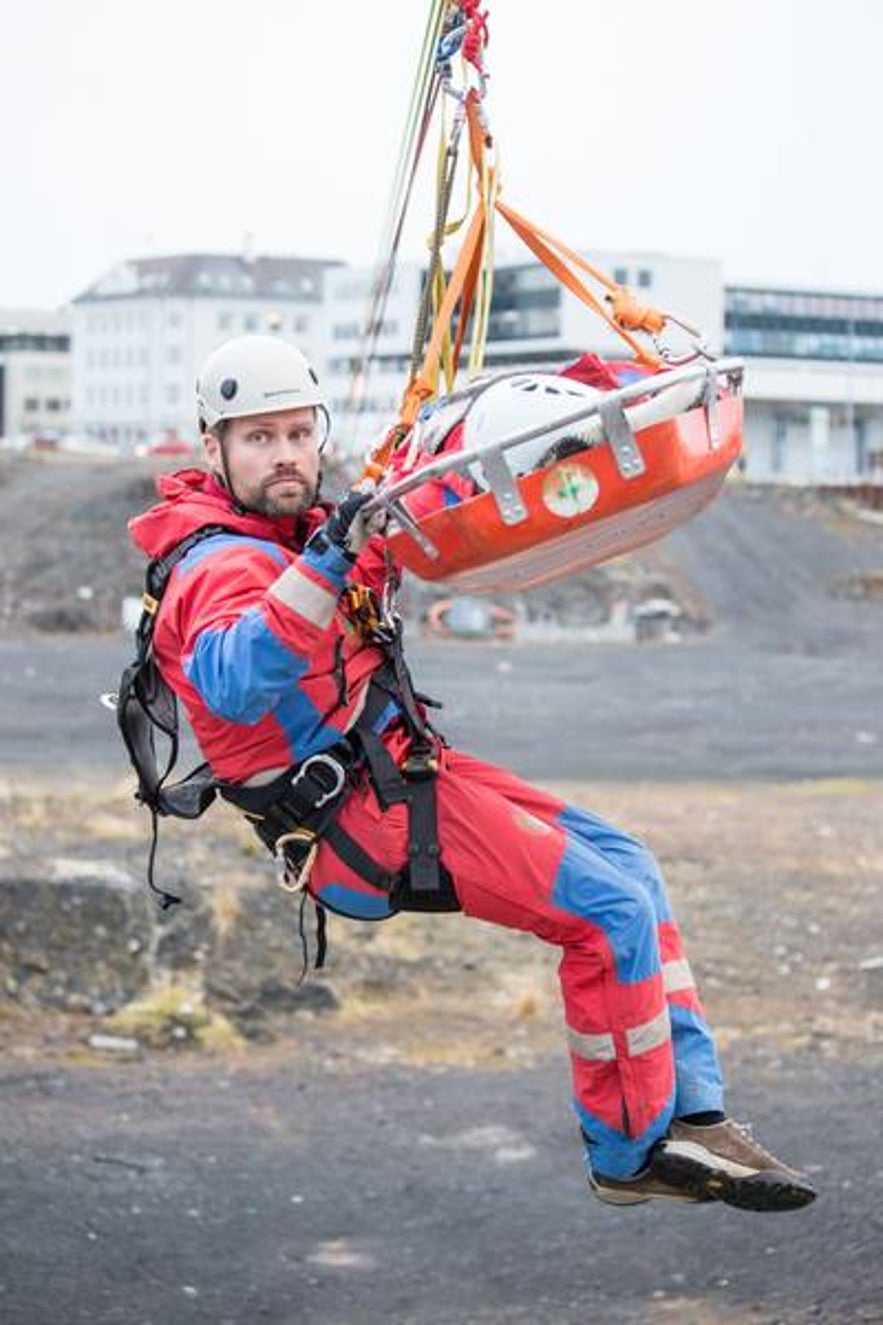 Credit: Rescue 2018, Iceland
Credit: Rescue 2018, Iceland
There are no wild and dangerous animals in Iceland, earthquakes are normally low on the Richter scale and volcanic eruptions happen far away from people's homes. So what do people need a rescue from?
The Icelandic weather and its nature are the biggest threats. The weather is constantly changing, the wind is strong and people often underestimate how quickly it can go from a sunny day to a crazy storm.
- See Also: Self Drive Tours
The country's nature is both delicate and dangerous.
- People fall down cracks on glaciers or in lava fields.
- Avalanches can take place during wintertime.
- Rough seas present a massive danger to ships and their crews.
- Hikers dress inappropriately and can freeze to death if the weather changes rapidly.
- People get lost in fog or snowstorms.
- Cars get stuck in snow during blizzards. All of this can happen to both locals as well as tourists.
Before going on a trip, be sure to let someone know where you're going. You can leave your travel plan with ICE-SAR before hitting the road. Read our article about safe driving in Iceland and our ultimate guide to driving in Iceland to find out everything you need to know about driving in Iceland and how to keep safe.
A Personal Story of Iceland's Search and Rescue Team
I´ve been in the situation once that called for the help of the search and rescue team. It was a couple of years ago when me and Elisabet Pálmadóttir were in the Reykjadalur hot river baths with a large group of exchange students. As always, it was a very popular trip.
It was in the middle of the winter, which is pretty normal time for visiting this place. One of the exchange students decided to bring a snowboard with him.
When advised that he would be in no need of the snowboard given the hot, geothermal underbelly of the ground, he just laughed and openly disobeyed.
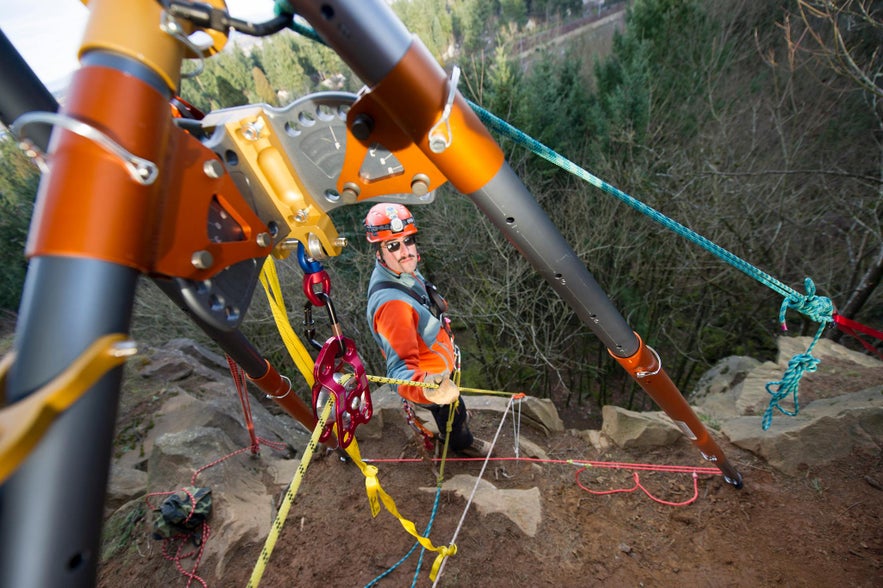 Credit: Rescue 2018, Iceland
Credit: Rescue 2018, Iceland
- See Also: Weather in Iceland & Best Time To Visit
What were we supposed to do? Leave him behind?....
There was no problem with him until on our way back, when he just HAD to try out the snowboard, even though he knew was could happen...
Naturally, the snowboard hit a large rock and he flipped, breaking his leg and back! He also landed very close to a boiling mud-pot which was well over 100 degrees.
This is not a single incident, and this type of thing will happen again. I´'m writing this to make you understand better the dangers of Iceland, and that the search and rescue team will do anything for you, but there are limits.
Please be smart and enjoy Iceland without risking your life.
A Recent Story of Iceland's Search and Rescue Team:
A traveler by foot has not arrived to Skaftafell national park, as expected.
Darkness is upon us. The search- and rescue team in the neighbouring villages are called to duty. They are not many, but they are well trained and know exactly what to do.
 Credit: Rescue 2018, Iceland
Credit: Rescue 2018, Iceland
The search and rescue team in Öræfasveit join with police from Höfn, as well as travel companies in the area. All are making phone calls to see if the lost man is anywhere to be found? They find nothing, so they better rush out there to save him.
Extra members are needed, so they are coming from neighbouring villages; about 100km away, Höfn and Klaustur volunteers arrive first. As time passes, more volunteers are needed, especially as the light disappears and the temperature drops.
A traveler in an unknown landscape, without shelter or protection, has left his family waiting in despair.
The volunteers that know the area best are leading this mission; dogs are on scene with them, as well as drones, helicopter and anything that the volunteers think could be useful. The walking volunteers are trying their best to act as quickly as possible with headlights, walkie-talkies, satellite phones and GPS.
Even more volunteers are needed, now from Reykjavík and Vopnafjörður in the east of Iceland. Why so many volunteers in the middle of the night? Simple answer. The traveler has not been found, the search area is very wide and the volunteers still have a long way to go.
In the end, the traveler was found alive, thank god for the volunteers. They are ready to stop whatever they are doing, from their dinner, from their friends and family, from their jobs (thank god for understanding bosses!) to jump into freezing weather and unknown situations.
Fundraising for Icelandic Rescue Teams
ICE-SAR mainly gets its funding from two sources: through selling the public a small figure of an Emergency Guy and through selling the public fireworks for New Year's Eve.
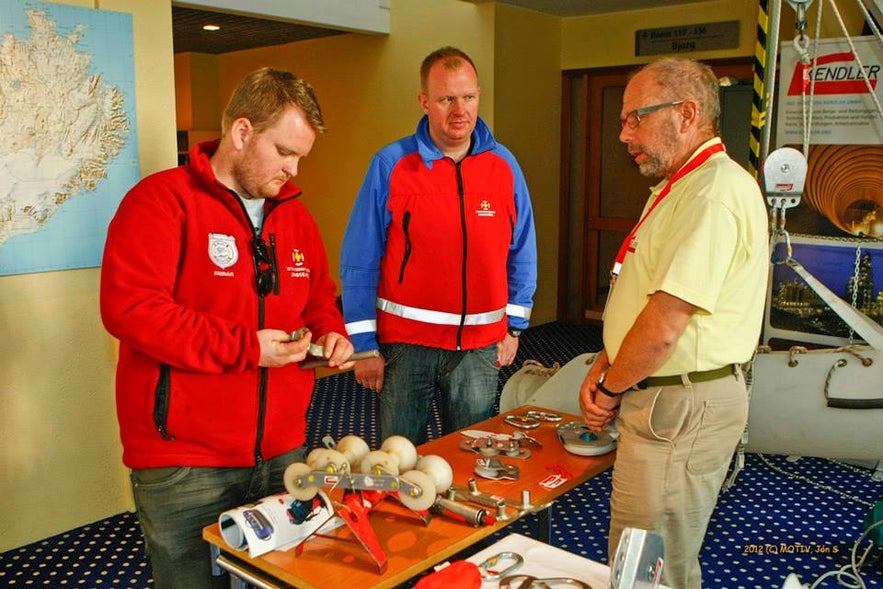 Credit: Rescue 2018, Iceland
Credit: Rescue 2018, Iceland
The Emergency Guy is a small plastic figure on a key chain of one of the rescue squad team members, different each year. The Emergency Guy can both be male or female, as both genders actively operate within the rescue teams. Most companies that are associated with tourism buy a slightly larger Emergency Guy to support the work of the rescue squads. Read more about the Emergency Guy here.
New Year's Eve in Reykjavík (and elsewhere in Iceland) is a pretty memorable experience. The entire nation spends an insane amount of money on fireworks each year, most of which goes to the rescue teams. If you want to experience this yourself, you can book this New Year's Eve in Reykjavík tour.
For an authentic feel of Icelandic New Year's Eve, stop by one of the firework sales in the days leading up to the 31st of December and splash out on a few explosives, meeting a bunch of locals and supporting a good cause at the same time!
The rescue teams also sell Christmas trees each year. If you want to support them, you can also make a donation through their website.


